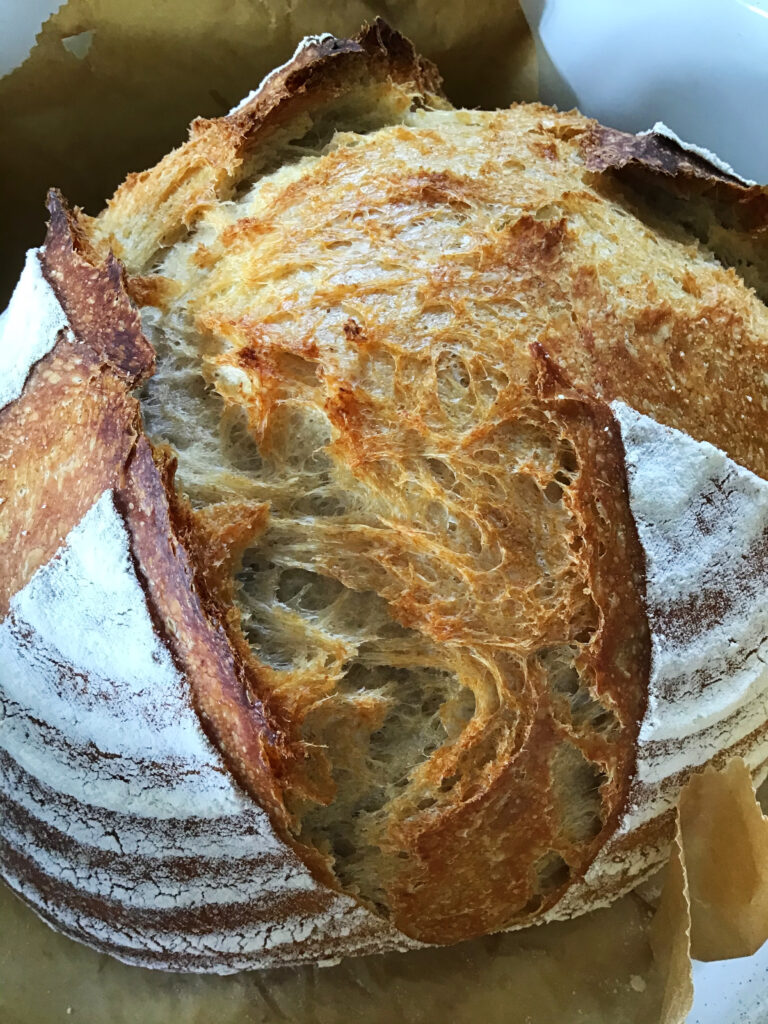
My first tip would be this: don’t read too much!
There’s a wealth of information about sourdough in the world, especially online, including some very definite ideas and do’s and don’t’s, and ‘supposed’ hard and fast rules…it’s very easy to get drawn in and end up overwhelmed and confused; I know because I did it.
But I’m here to tell you: there are no ‘rules’, there is no right or wrong here, just great homemade bread. All it requires is understanding what your starter is and how to use it, and the things that may affect the outcomes of your doughs. It’s so much simpler than we’ve been lead to believe.
As you learn, if you are new to sourdough, I always suggest finding a source that you trust and like whilst you get to grips with sourdough and the nature of a starter, and once you’ve mastered that, then start to expand and research and play!
But in the meantime, don’t read too much from too many sources.
Sourdough and weather
Sourdough is greatly affected by weather and changes in temperature, and once you learn how it affects your sourdough in your kitchen, it will make a huge difference to your sourdough journey; the basics are that cold slows the proving process, and heat speeds it up.
Heat can be useful in the fact that you can feed your starter and it will be active and ready to use quickly, but our doughs benefit from a long slow prove, so you will need to amend if the temperatures are high. This page will help further.
Likewise, cold temperatures slow the dough down, in this situation, the key is to give the dough more time to completely finish its work and fully prove the dough.
Alternatively check out my baking timetables for various options.
Going in cold
I am questioned a lot about the fact that I put my dough into a cold pot and don’t preheat it. The pot I use does not need to be preheated, as you can see by my loaves, it works perfectly without preheating.
If you use a Dutch Oven, a casserole pot, any form of oven proof pot, none of them need to be preheated. In fact, not even your oven needs to be preheated; find more information about cold baking here.
Wetting your hands
If you are fed up with dough sticking to your hands when you work with it, you can either wear biodegradable gloves, as I sometimes do, or wet your hands prior to handling the dough. Some people prefer to oil their hands.
Be careful if wetting your hands that you do not add much extra water to the dough as a result as you will then change the consistency of your dough completely which can have an affect on the resulting loaf.
Wash things up immediately
Sourdough is sticky stuff! Whatever utensils or bowls you use to make your sourdough, or stir your starter, wash them up quickly, or at least put them into soak. The stuff seriously hangs on, even in the dishwasher!
For more help..
You’ll find lots more help and answers and hints and tips on my frequently asked questions page.
